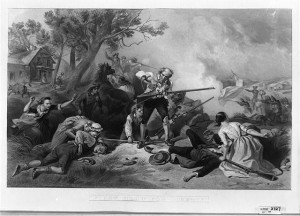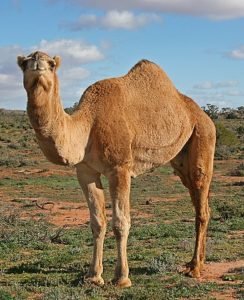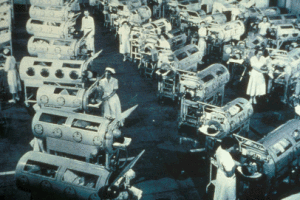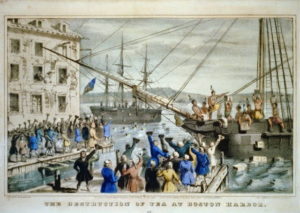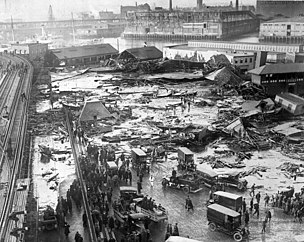
Boston Molasses Disaster
Boston Molasses Disaster occurred in 1919. No, this is not a hoax; this was a terrible disaster. On this day in 1919 a huge tank holding about 2,300,000 gallons of molasses ruptured, sending a tsunami of molasses into the streets of the North End part of Boston. Moving at 35 miles per hour, the molasses wave leveled buildings, trapped people, and even hurled a truck into Boston Harbor. About 21 people died, and 150 more were injured. Children could read The Great Molasses Flood by Deborah Kops. They could also watch a very interesting video at: Boston Molasses Disaster.
 Polar bear was put on display in Boston, Massachusetts, in 1733. Idea: Children could discuss why this would be a very big event for that time period. Carnivores, polar bears are becoming rare. Today scientists estimate 20,000 to 25,000 polar bears exist. Experts believe that by 2050 that number will be cut in half. Children can learn more about polar bears and see some great photos at:
Polar bear was put on display in Boston, Massachusetts, in 1733. Idea: Children could discuss why this would be a very big event for that time period. Carnivores, polar bears are becoming rare. Today scientists estimate 20,000 to 25,000 polar bears exist. Experts believe that by 2050 that number will be cut in half. Children can learn more about polar bears and see some great photos at: 